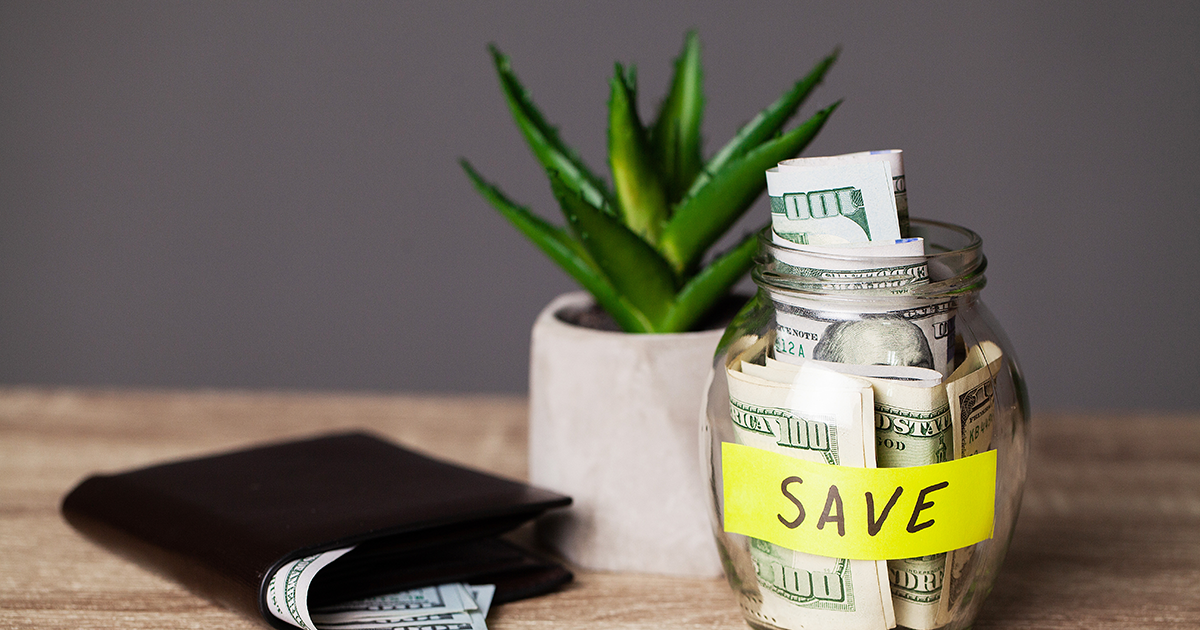
What is an Emergency Fund?
- Medical emergencies
- Car repairs
- Unexpected home repairs
- Job loss
- Emergency travel expenses
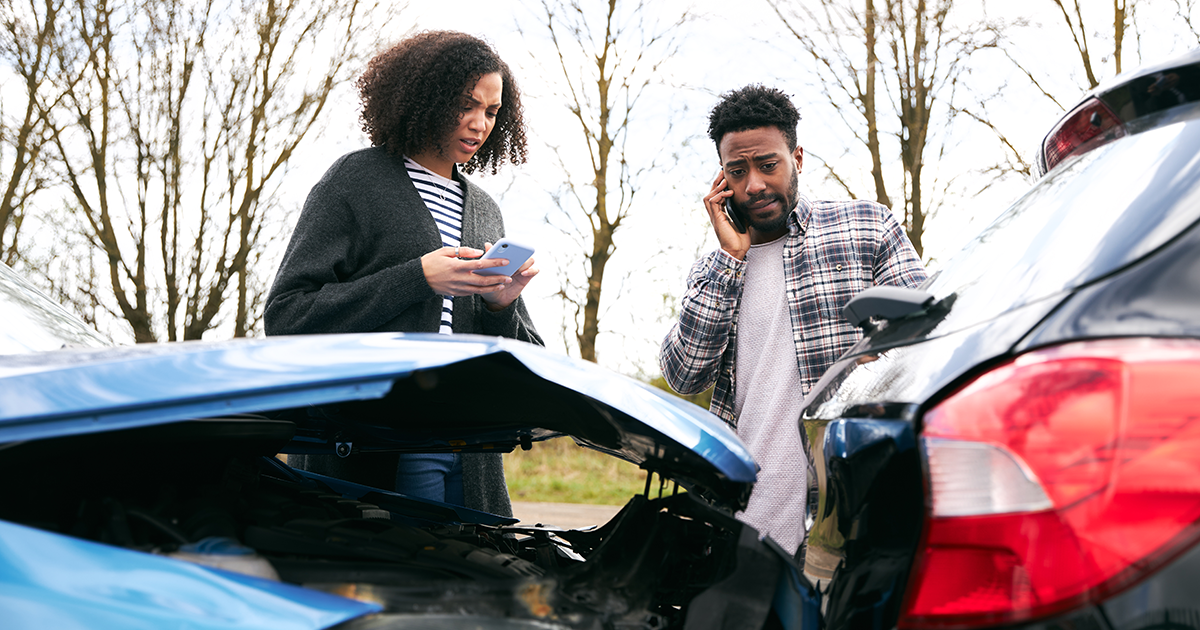
Why Saving for an Emergency Fund is Important
Protecting Against Uncertainty
Preventing Financial Setbacks
Promoting Financial Freedom
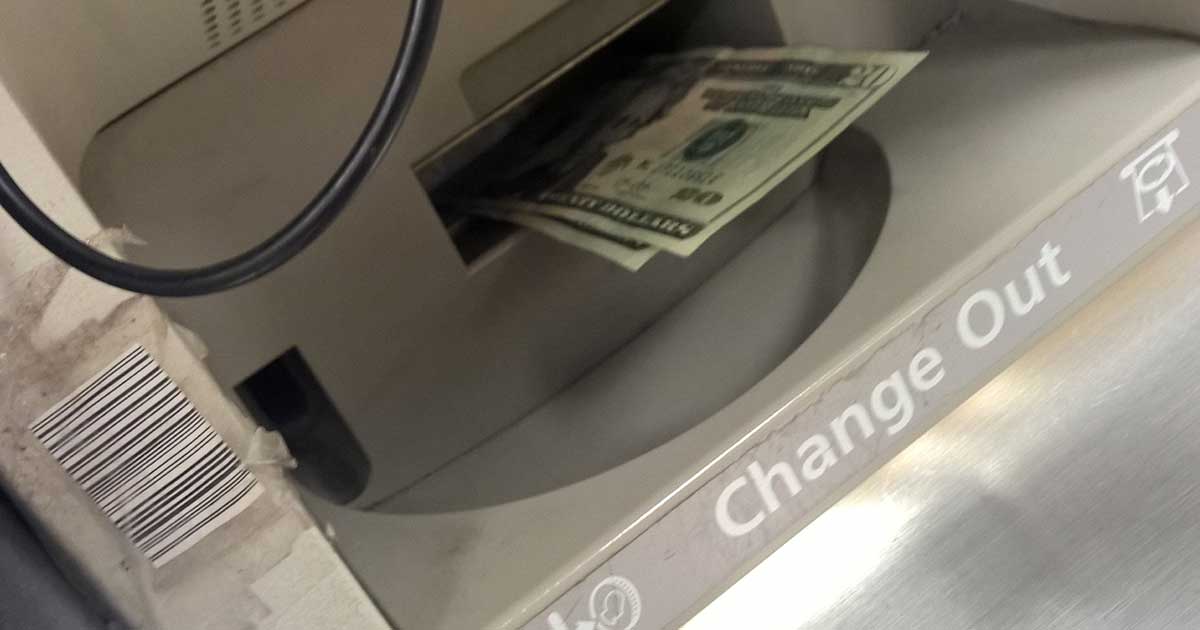
How Much Should You Save for an Emergency Fund?
The amount needed for an emergency fund can vary based on individual circumstances, but financial experts recommend saving enough to cover 3 to 6 months’ worth of living expenses. This means factoring in:
- Rent or mortgage payments
- Utility bills
- Groceries
- Transportation costs
- Insurance premiums
- Other regular expenses
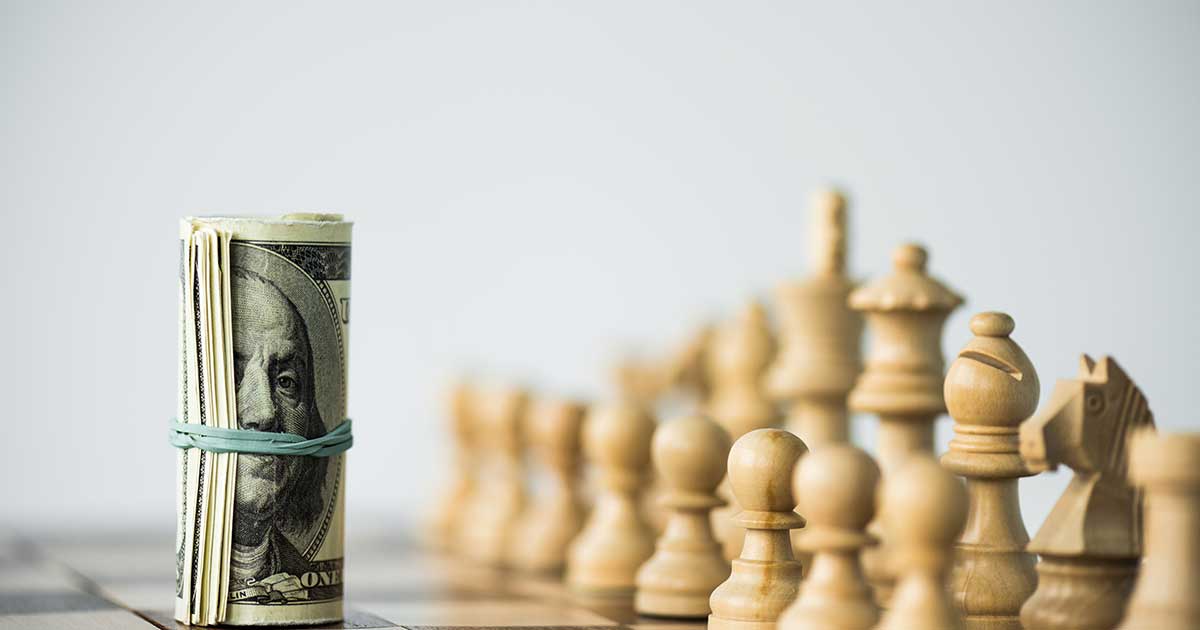
Strategies for Building an Emergency Fund
1. Set a Savings Goal
The first step in saving for an emergency fund is setting a specific goal. Knowing how much you want to save will give you a target to aim for, making it easier to track progress. You can set this goal by calculating your essential monthly expenses and multiplying them by the number of months you want to cover.
Example:
If your essential expenses are $2,500 per month, and you want to cover three months of living expenses, your goal would be $7,500.
2. Break It Down into Manageable Steps
Saving for an emergency fund can seem overwhelming, especially when aiming for a large sum. To make it more achievable, break your goal into smaller, manageable steps.
Example:
If your goal is to save $7,500 over the course of 6 months, that would mean saving about $1,250 each month. You can set aside smaller amounts weekly, such as $312.50 each week.
3. Automate Your Savings
One of the easiest ways to consistently build your emergency fund is to automate your savings. Set up an automatic transfer from your checking account to a separate savings account each month. This removes the temptation to spend money that is meant for savings and ensures that you’re consistently working toward your goal.
Implementation Tips:
- Set up an automatic deposit from your paycheck or checking account to your savings account.
- Increase the amount over time, especially when you receive raises or bonuses.
- Use a high-yield savings account to earn interest on your emergency fund.
4. Cut Back on Non-Essential Expenses
Identifying areas where you can cut back on spending will help you save more quickly for your emergency fund. Look for ways to reduce discretionary spending, such as dining out, entertainment, or subscriptions that aren’t essential.
Example:
- Limit dining out to once a week instead of several times.
- Cancel unused subscriptions or memberships.
- Shop smarter by using coupons or shopping during sales.
By freeing up a portion of your income, you can allocate those funds directly to your emergency fund.
5. Use Windfalls or Extra Income
Unexpected income such as tax refunds, bonuses, or a side hustle can be used to boost your emergency fund. While it’s tempting to spend windfalls on non-essentials, putting this money toward your savings can accelerate your progress.
Example:
If you receive a $1,500 tax refund, deposit it directly into your emergency fund. This will bring you closer to your goal without affecting your regular monthly budget.
6. Track Your Progress
Tracking your savings progress is essential to staying motivated. Use a budgeting app or spreadsheet to monitor how much you’ve saved and how much more you need to reach your goal. Celebrate small milestones along the way to keep yourself motivated.
Tools to Use:
- Budgeting apps like Mint, YNAB (You Need a Budget), or EveryDollar can help track your progress.
- Spreadsheets with built-in savings trackers can also work well for visualizing your progress.
7. Consider Low-Risk Investments
Once you’ve built up a significant portion of your emergency fund and feel comfortable with your savings, consider using low-risk investment options to grow your emergency fund further. Short-term certificates of deposit (CDs) or money market accounts can offer slightly higher interest rates than traditional savings accounts.
Example:
- Money market accounts often offer higher interest rates than regular savings accounts but still allow you to access your funds easily.
- Short-term CDs can offer slightly better returns, but your money is tied up for a fixed period.
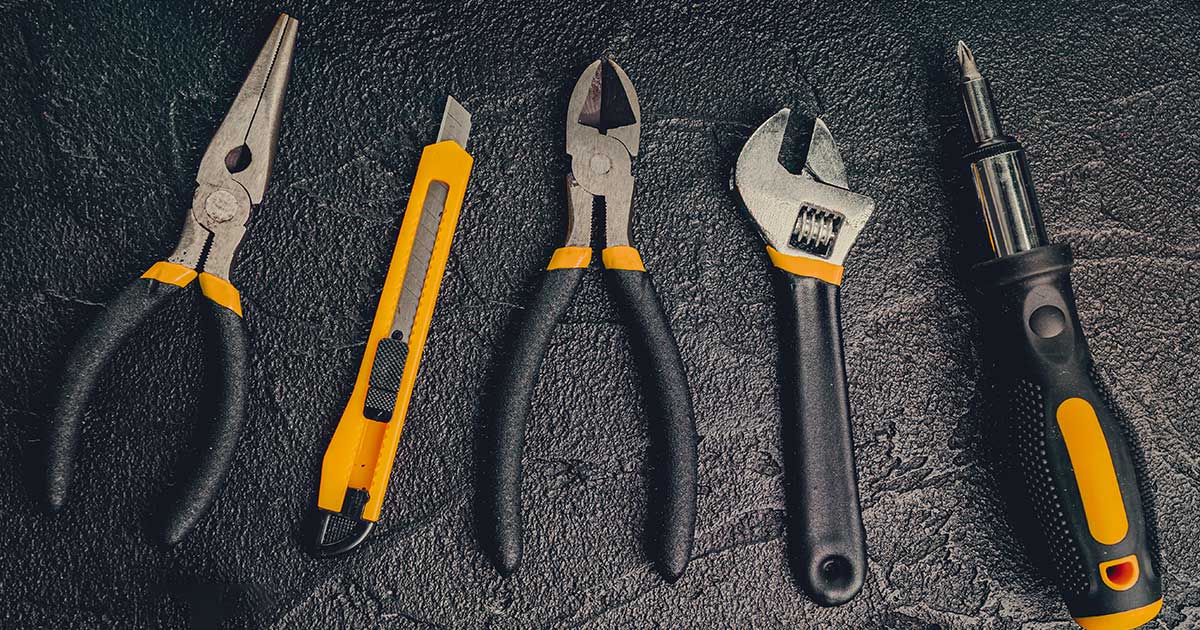
Maintaining Your Emergency Fund
Replenish Your Fund After Use
How to Replenish Your Emergency Fund Efficiently:
- Prioritize it in your budget – Just like you initially saved for your emergency fund, allocate a portion of your income to restore it.
- Temporarily increase contributions – If you used $2,000 for an unexpected car repair, try increasing your monthly savings to restore it faster.
- Redirect extra income – Use work bonuses, tax refunds, or money from a side hustle to refill your emergency fund.
Example:
Let’s say you had to use $1,500 from your emergency fund to cover a medical expense. If you normally save $250 per month, consider doubling it to $500 for three months to get your fund back to full strength faster.
Avoid Using It for Non-Emergencies
Tips to Prevent Unnecessary Withdrawals:
- Keep your emergency fund separate – Store your fund in a different account than your checking account to reduce easy access.
- Define what constitutes an emergency – Before withdrawing money, ask yourself: “Is this truly unexpected and necessary?”
- Create other savings accounts – Have separate savings for planned expenses like vacations, home upgrades, or holiday shopping.
Example of Non-Emergencies vs. True Emergencies:
| Non-Emergency | True Emergency |
|---|---|
| New phone upgrade | Replacing a broken essential appliance |
| Concert tickets | Emergency medical bill |
| Vacation | Unexpected job loss |
Regularly Review and Adjust Your Emergency Fund Goal
When to Reassess Your Emergency Fund:
- Job change – If your new job has less stability, consider increasing your fund.
- Lifestyle changes – Marriage, kids, or a new mortgage can impact your financial needs.
- Inflation – As the cost of living rises, so should your emergency fund goal.
- Income changes – If you get a raise, increase your emergency savings proportionally.
Example:
If you initially built an emergency fund based on $3,000 in monthly expenses, but your new mortgage and bills push that to $4,000, you should adjust your savings goal to cover the higher amount.
Keep Your Emergency Fund Accessible but Not Too Easy to Spend
Best Places to Store an Emergency Fund:
| Account Type | Pros | Cons |
|---|---|---|
| High-yield savings account | Earns interest, easily accessible | Temptation to spend |
| Money market account | Earns interest, check-writing ability | Limited transactions per month |
| Short-term CDs (laddered) | Higher interest, secure | Locked for set periods |
Automate Contributions to Maintain Your Fund
How to Automate Your Emergency Fund Maintenance:
- Set up a direct deposit split – If your employer allows it, have a portion of your paycheck go directly into your emergency fund.
- Use a recurring transfer – Schedule an automatic monthly transfer from your checking to your savings account.
- Use round-up savings apps – Apps like Acorns or Qapital round up your purchases and deposit the difference into savings.
Prepare for Large Emergencies with Additional Financial Buffers
Other Financial Buffers to Consider:
- Credit availability – While not ideal, having a low-interest credit card available for extreme emergencies can be useful.
- Health savings account (HSA) – If you have a high-deductible health plan, an HSA can help with medical expenses.
- Insurance coverage – Ensure you have adequate health, auto, and home insurance to avoid large out-of-pocket costs.
Periodically Celebrate Your Success
Ways to Celebrate Without Derailing Your Savings:
- Treat yourself to a nice dinner after reaching a major goal.
- Set up a small “fun fund” separate from your emergency fund.
- Share your progress with family or friends for encouragement.

